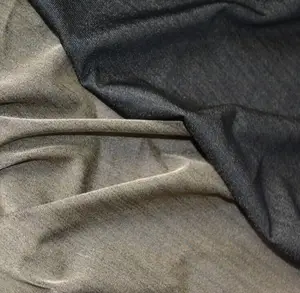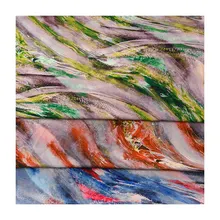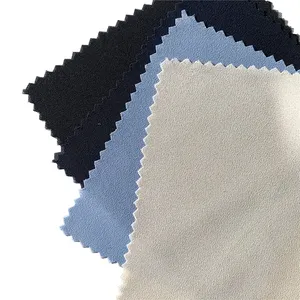Exploring Chemical Fiber Fabrics
Chemical fiber fabrics are a cornerstone of the textile industry, offering versatility and functionality across various applications. These synthetic fibers are engineered from petrochemical resources, showcasing a range of properties that cater to diverse needs. From apparel to industrial uses, chemical fiber materials are integral to modern manufacturing.
Types and Characteristics
The landscape of chemical fiber textiles is vast, with each type presenting unique characteristics. Fabrics like polyester and nylon are renowned for their durability and elasticity, making them suitable for a wide array of products. The choice of fiber, whether filament or staple, influences the texture and strength of the final fabric, while the method of construction—woven or nonwoven—impacts its flexibility and application potential.
Applications and Uses
The utility of synthetic fiber fabrics extends beyond the obvious. While some are key in fashion, others serve critical roles in healthcare, as in the case of nonwoven fabrics used for surgical gowns. The adaptability of these materials means they can be tailored to meet the specific demands of each use case, from the lightness required for clothing to the robustness needed for automotive upholstery.
Manufacturing Processes
The production of industrial chemical fibers involves sophisticated processes that transform raw petrochemicals into fibers with desired properties. The complexity of these processes can affect the fabric's weight, resistance, and dye affinity. Innovations in manufacturing have led to the development of eco-friendly variants that aim to reduce the environmental impact of synthetic textiles.
Material Advantages
Among the advantages of chemical fiber materials are their resistance to shrinkage, moths, and mildew. These fabrics often exhibit superior wrinkle resistance and colorfastness compared to their natural counterparts, making them a mainstay in sectors where longevity and ease of maintenance are prized.
Environmental Considerations
The textile industry is increasingly mindful of the environmental footprint of chemical fibers. Efforts are underway to enhance the sustainability of these materials through recycling and the development of biodegradable options. This commitment to environmental stewardship is reflected in the availability of fabrics that balance performance with ecological responsibility.




































 浙公网安备 33010002000092号
浙公网安备 33010002000092号 浙B2-20120091-4
浙B2-20120091-4